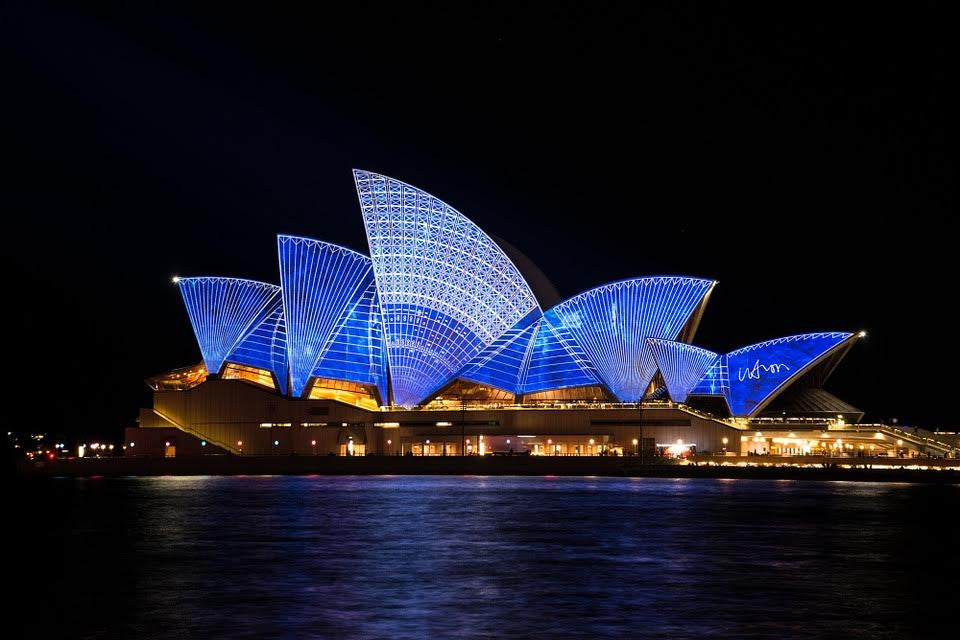Mothership - Orchestra Version
$ 95.00
for Orchestra, Soloists, and Electronica - Proceed to purchase if you would like to buy a study score.
Conductor's Score and Performance Parts for RENTAL ONLY. Please send an email to info@aphramusic.com to request a rental application form.
Approximate Duration: 10'
YouTube Clip: https://www.youtube.com/watch?v=PFh7LAFel4w&feature=youtu.be
PROGRAM NOTES
This energetic opener imagines the orchestra as a mothership that is ‘docked’ by several visiting soloists, who offer brief but virtuosic riffs on the work’s thematic material over action-packed electro-acoustic orchestral figuration.
The piece follows the form of a scherzo with double trio (as found in, for example, the Schumann Symphony No. 2). Symphonic scherzos historically play with dance rhythms in a high-energy and appealing manner, with the ‘trio’ sections temporarily exploring new rhythmic areas. Mothership shares a formal connection with the symphonic scherzo but is brought to life by thrilling sounds of the 21st Century — the rhythms of modern-day techno in place of waltz rhythms, for example.
Recorded by the London Symphony Orchestra under Michael Tilson Thomas, Mothership received its world premiere at the Sydney Opera House and the YouTube Symphony on March 20, 2011, and it was viewed by almost two million people live on YouTube.
INSTRUMENTATION
3 fl (1=picc) [double-wind version also available]
1 Eb cl, 2 cl (both = Bs Cl)
3 ob (3rd = E Hn)
2 bssn, 1 conta
4 hn, 3 tpt, 2 tbn, bs tbn, tba
3 perc
laptop
timp
harp
piano
strings
PERFORMANCE NOTES
All that is needed is a laptop, two speakers, placed on the left and right sides of the stage, and a few onstage monitors. Included with the rental of the materials is a download link for a simple software sampler that triggers the sounds from the laptop (an additional percussionist or an assistant conductor simply hits laptop keys at rehearsal numbers). The electronic component is simple, inexpensive, and designed to work within a compressed orchestral rehearsal period, and a 'live' version of the electronic part can be realized when the composer is present.




